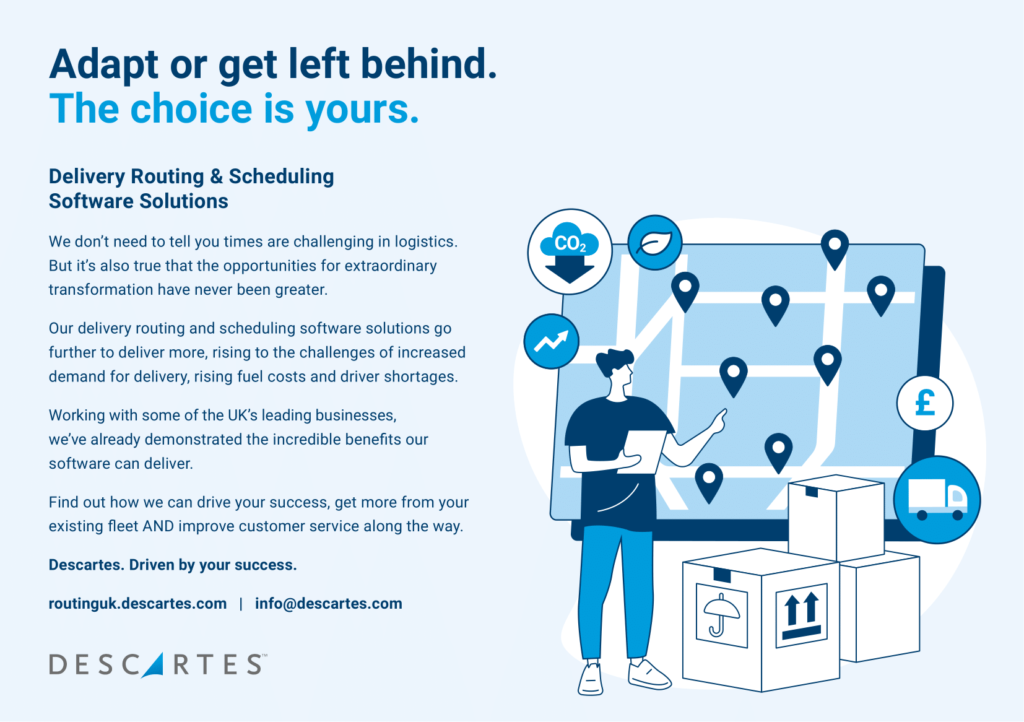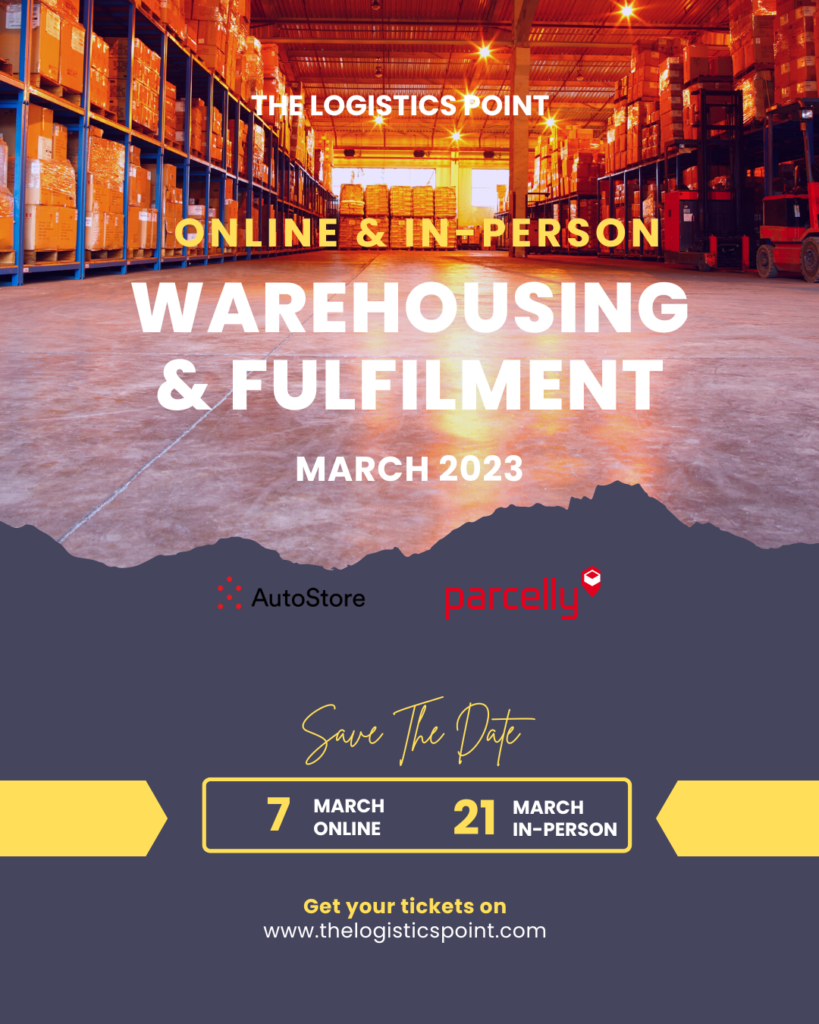By Donato Masi, Senior manager and supply chain expert at EFESO Consulting
Supply chain professionals in the Food and Beverage (F&B) sector are facing an unusually difficult set of challenges. F&B supply chains are highly complex, bringing together not only primary producers and manufacturers but also logistics service providers, wholesalers, retailers and food service providers. More from our January 2023 edition here!

The interaction between these players relies on physical, digital, economic, and human infrastructures. Disruptions arising in any of these interconnected infrastructures can have consequences for the whole system and compromise the supply of food, so the recent combination of COVID-19, the Russia-Ukraine war, and high levels of inflation have shaken this infrastructure and put F&B supply chains under an unprecedented level of pressure.
One particular area of vulnerability is the flow of products and raw materials from suppliers. With Russia and Ukraine among the largest suppliers of wheat, oil seed, barley and corn, “choke points” have appeared in supply chains. Adding to this, the war has also disrupted the supply of fertilizers.
In response to the sanctions, Russia stopped the exports of fertilizers such as ammonia, urea, processed phosphate, and potash which are exported worldwide to countries including Brazil, China, the US, and India. As a result, prices of related foods have risen to record levels – at a time when consumers are demanding lower prices.

From our experience of working with clients in the F&B supply chain, we have identified three ways to address this vulnerability by minimising supplier risk.
- Take great care when selecting your suppliers
This may sound obvious, but when companies are under pressure there can be a temptation to sign up new suppliers as quickly as possible to address shortages. It’s essential to look beyond a potential supplier’s ability to fulfil a need, and to take into account other factors such as their financial robustness, their managerial maturity and their level of environmental and social sustainability. In the current climate, one additional factor that supply chain professionals will be acutely aware of is the need for political and social stability in suppliers’ home countries.
2. Monitor and develop them
After the selection process, it’s essential to develop best practices that promote both resilience and productivity for supplier development and supplier integration. For the focal company this can mean adopting incentives and knowledge transfer programmes in order to develop a supplier’s team.
It should also involve close monitoring of the working practices of the supplier, including the working conditions of its employees. An effective communication channel between suppliers and the focal company will allow any “red flags” that might indicate an unacceptable risk to be spotted early, and action taken if required.
3. Have more suppliers than you need
Creating redundancy in the supply base can be a major factor in building resilience. This of course entails additional investment, and balancing resilience against cost is not straightforward. With carefully executed modelling, however, it’s possible to determine the optimal trade-off between resilience and other KPIs. In this way you can plan for the strategic and selective use of spare capacity and multiple suppliers to cope with future disruptions as and when they arise.
Putting it into practice
While measures such as these make sense from a theoretical point of view, putting them into practice can be less obvious. Any development, such as supplier integration, that will directly impact the human dynamics of an organisation, has to contend with the resistance that people always feel in the face of change.

When we work with F&B companies to achieve this type of change, we find that the best way to ensure long-term sustainability of new strategies is to work in close synergy with the client’s team in order to develop their own capabilities.
For example, when recently helping an F&B buying company to recruit new suppliers and implement a new collaboration and review strategy, we not only identified suitable suppliers and modelled efficiency savings but developed a new negotiation strategy and conducted this alongside the client’s team.
In this case the optimised trade terms alone created a benefit of around £8m, while the intangible benefits included fully trained teams able to conduct modelling and negotiate with suppliers.
Managing global supply chains will always be a complex art, and there is no simple answer to the many challenges that currently face the F&B sector. With current levels of disruption in so many key countries, however, there’s no doubt that finding ways to minimise your supplier risk is a very good place to start. ✷



